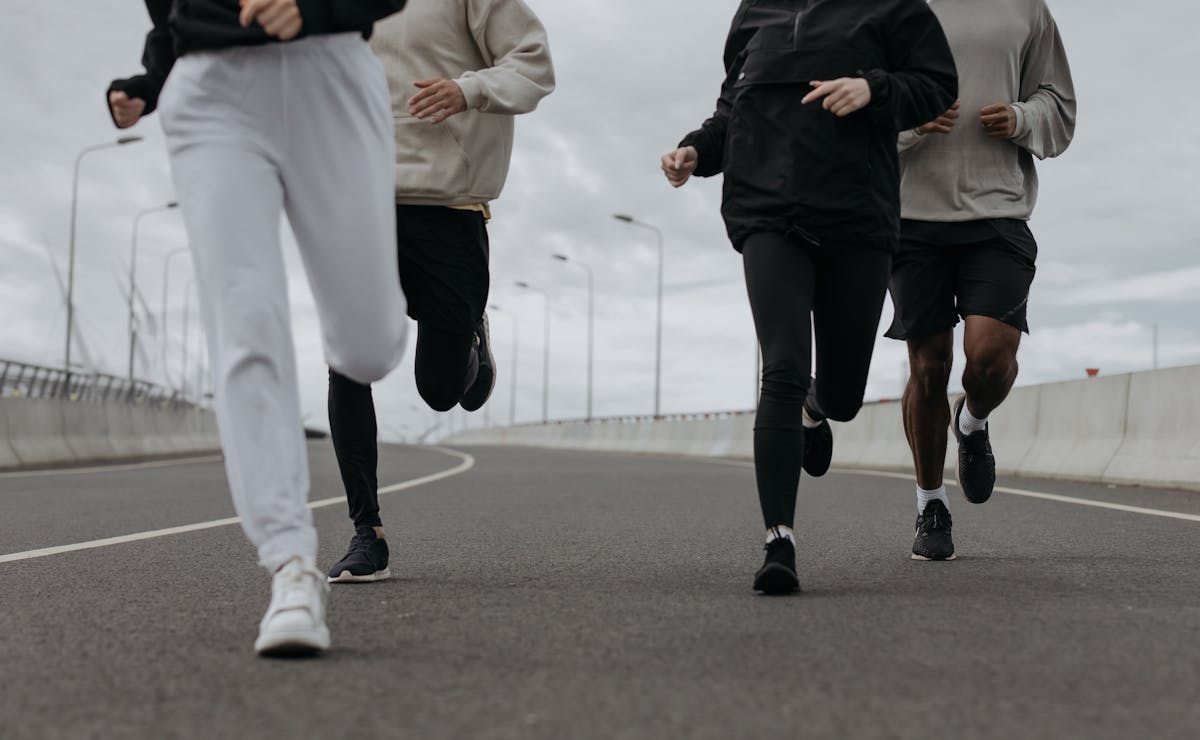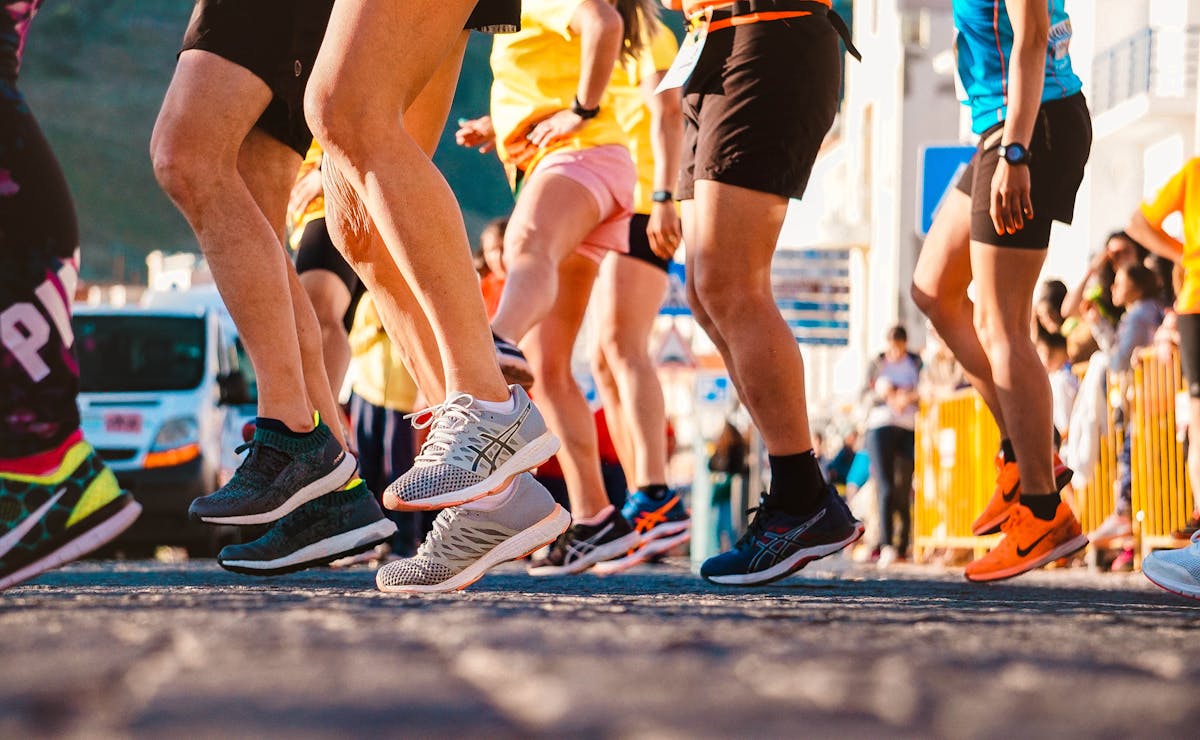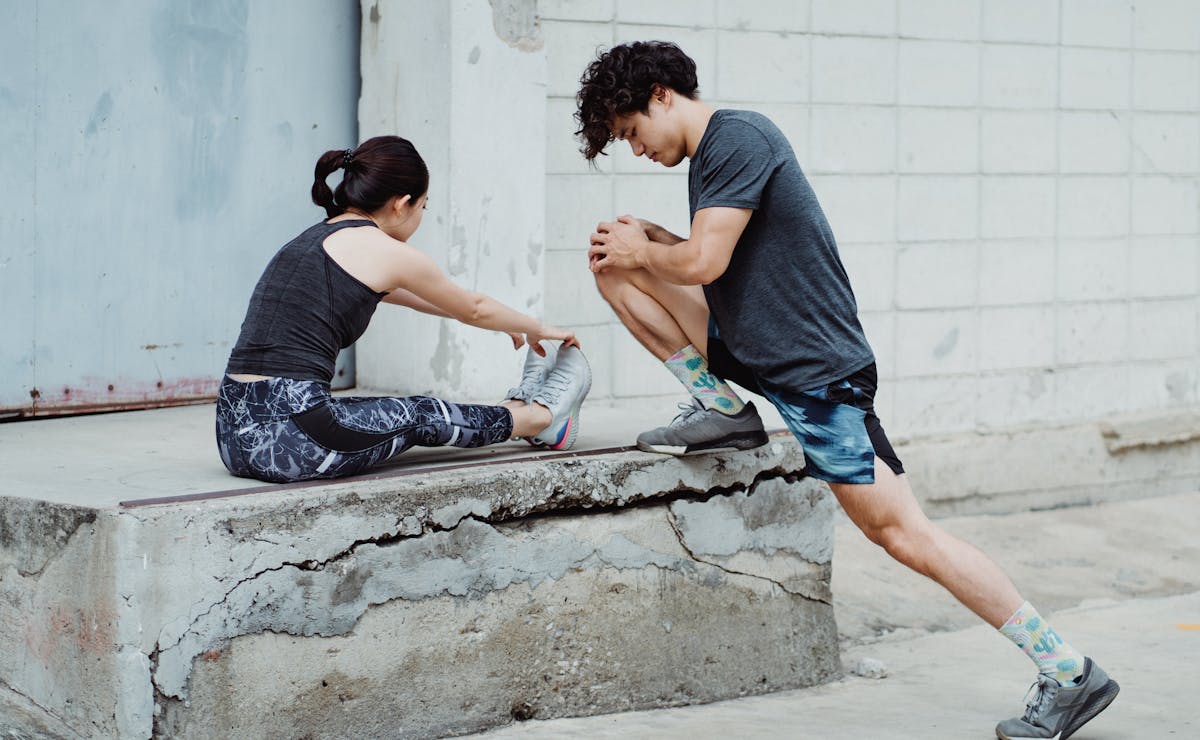The ideal training for running squads needs planning, attention and continuous adjustment, since each runner has specific needs, pace and objectives, which makes it necessary to tailor practices so that everyone is motivated and challenged.
Good planning not only enhances the physical performance of the runners, but also consolidates the cohesion of the group, resulting in a richer and more enjoyable experience for all. To plan these training sessions, there are a set of actions to be taken. Learn the key ones!
1. Know the level of the members
When training with a group, it is normal to have people of all levels practicing together, so make sure the runners in your group are:
- Beginners, with little practice time
- Intermediates, with some experience
- Advanced, seeking high performance
For beginners, emphasis should be on building endurance, technique improvement and getting used to the group. For intermediate runners, training should target speed improvement, muscle strengthening and changing terrain.
For advanced players, the priority should be to optimize performance and increase endurance, with high-intensity training.
2. Know what the group’s objectives are
Be sure to ask members if they are looking to improve their pace and run faster, increase their endurance for longer distances, or if they are focused on preparing for marathons and competitions.
To improve your pace, practices focused on speed and reducing time per kilometer, such as interval training and fartlek , are ideal. To increase endurance, encourage the ability to run long distances without losing performance through progressive training.
3. Structure your training for the week
Plan your schedule taking into account the group’s availability, the week’s goals, and the runners’ recovery time. It’s important to balance days of intense practice with lighter sessions to avoid injuries and ensure that everyone is making steady progress.
There are several types of sports races, so create a weekly plan with different incentives to keep the group motivated and always progressing, such as:
- Speed
- Resistance
- Recovery
On Monday, the group may begin with a light recovery session. On Tuesday, select a more strenuous activity with intervals, and on Wednesday, work on endurance at a moderate pace. Changing paces, distances, and terrain adds to a more comprehensive preparation of the runners.
4. Warm up and stretch
Warm-ups and stretching exercises are essential for athletes to feel more confident. They help activate muscles, improve circulation and increase flexibility.
And here’s something important: start your workouts with a warm-up and leave the stretching for after the run . That’s the right order!
Before your workout, dynamic stretches like knee raises and hip rotations are great for activating your muscles, while the minutes after your main workout should be reserved for stretching with your group. Calf, hamstring, and quadriceps stretches are great options for this time.
5. Keep up with the pace and evolution
Monitor group performance to ensure that workouts are effective and tailored to everyone’s needs. This can be done using wearables such as watches, smart belts, or even running apps, which provide accurate data on pace, distance covered, and time spent.
Furthermore, constant monitoring allows you to identify points that need more attention.
After every workout, have runners provide feedback so that you can look and see whether one person feels overwhelmed or if a runner is in need of a greater challenge. This way, you will be able to modify the intensity of your workouts better.
6. Challenge the group
To maintain motivation and challenge the group, introduce training variations from time to time, with different focuses, such as speed, hills or on varied terrain.
This way, participants leave their comfort zone and develop skills such as endurance, strength and pace control. In addition, by changing the training, you avoid monotony and keep everyone engaged, making the races more challenging and fun.
You can do this:
- Launching challenges to see who can keep up the pace the longest
- Creating mini tests to identify who can complete a climb without losing speed
- Creating challenges to see who can improve their time on a specific stretch
Write down each of these “games” to try out!
7. Encourage hydration
Hydration is important in running performance, so ensure all runners consume water during and after exercise. Your task as a leader is to instill this habit regularly!
There is no precise volume of water that each runner requires, but it is suggested that runners drink 150 ml to 250 ml every 15 to 20 minutes – not only water: isotonic beverages are needed for replenishing valuable minerals as well.
In addition to organizing the hydration of athletes , also encourage a balanced diet, rich in proteins, carbohydrates and healthy fats, which help in the regeneration of the body and muscle strengthening.
8. Motivate the group with goals
creating clear, measurable goals maintains the group motivated and oriented toward progress. Having weekly or monthly goals means that runners know what to aim for, and that raises commitment.
In addition, physical activity goals serves to enhance personal performance and reinforce team cohesion with encouragement among participants. Theoretically, every goal must be tailored to the ability level of the group or individual runner and every accomplishment acknowledged.
A weekly objective could be, say, 10% more distance you run, whereas a monthly objective could be to better your time for running a 5K race.
9. Personalize your workouts
Adjust your training to suit the needs of your group at the moment, whether that is to lead up to a race or to develop your team’s stamina. This can be achieved by splitting your team up into smaller groups so that everyone receives the appropriate amount of stimulation, so that the more experienced runners are not demoralized and so that the less experienced ones do not exhaust themselves.
10. Celebrate group victories
Victory celebrations, whether personal or team-based, are necessary to maintain motivation among runners and improve team morale. By celebrating advancements, you will be building a positive atmosphere where all feel appreciated and motivated to go on.
Here are some ideas for you to celebrate with your friends!
- Group-only events
- Special trainings
- Lunch or dinner after the meetings



